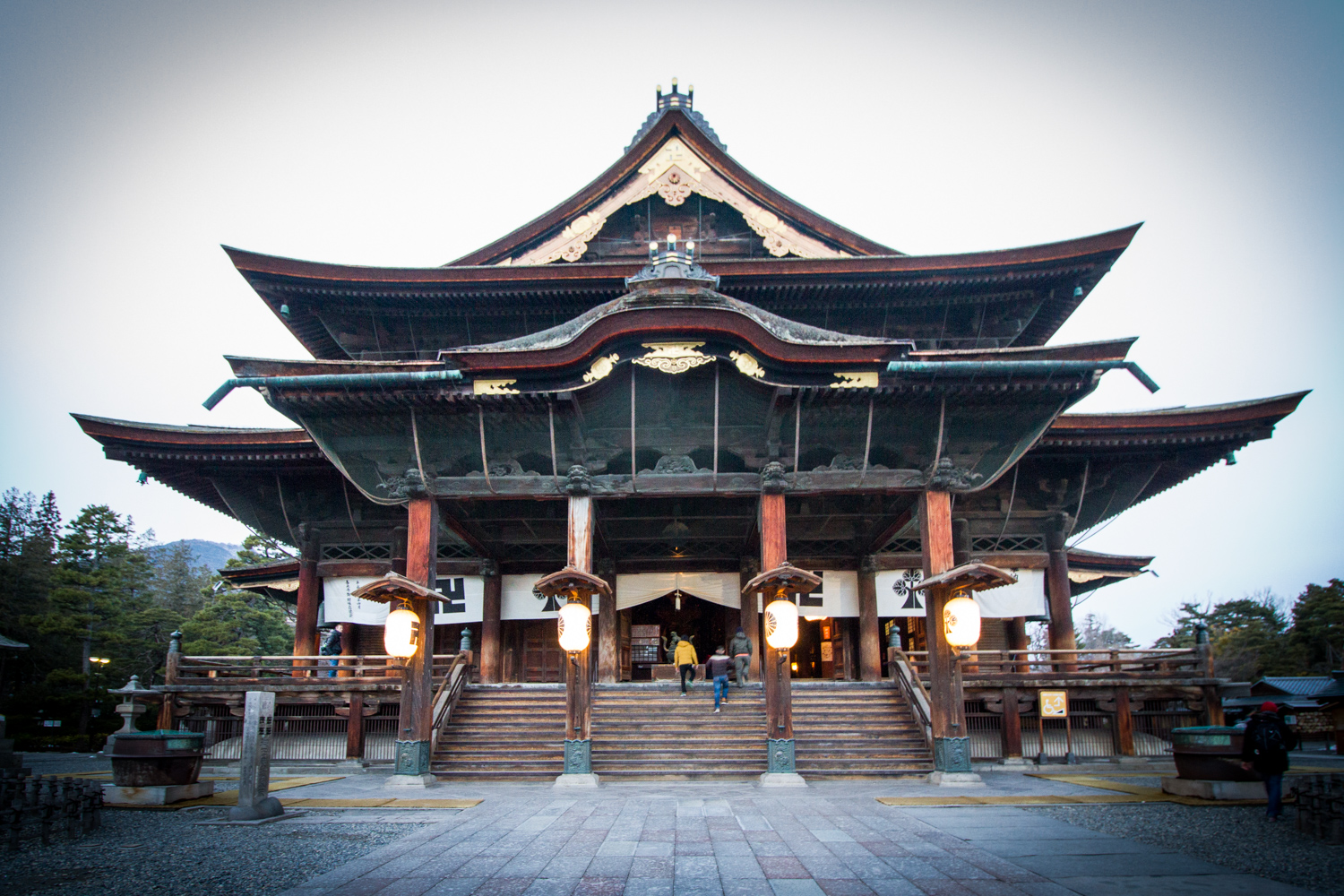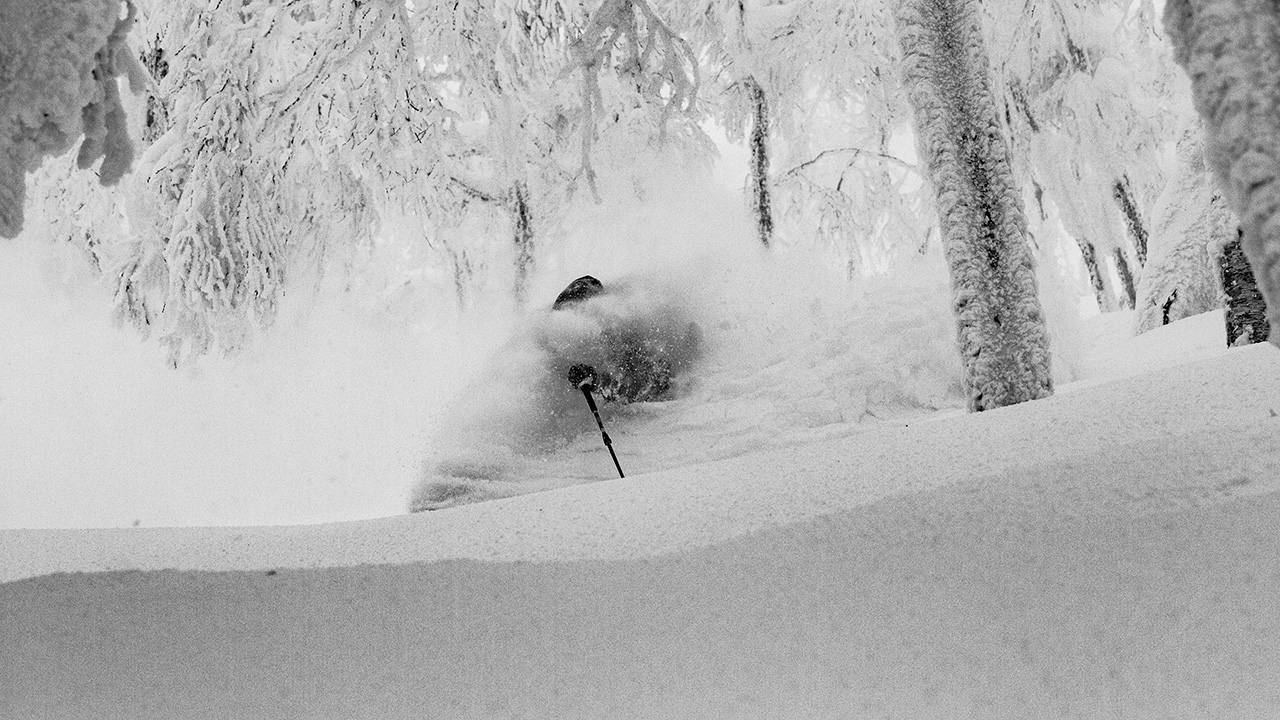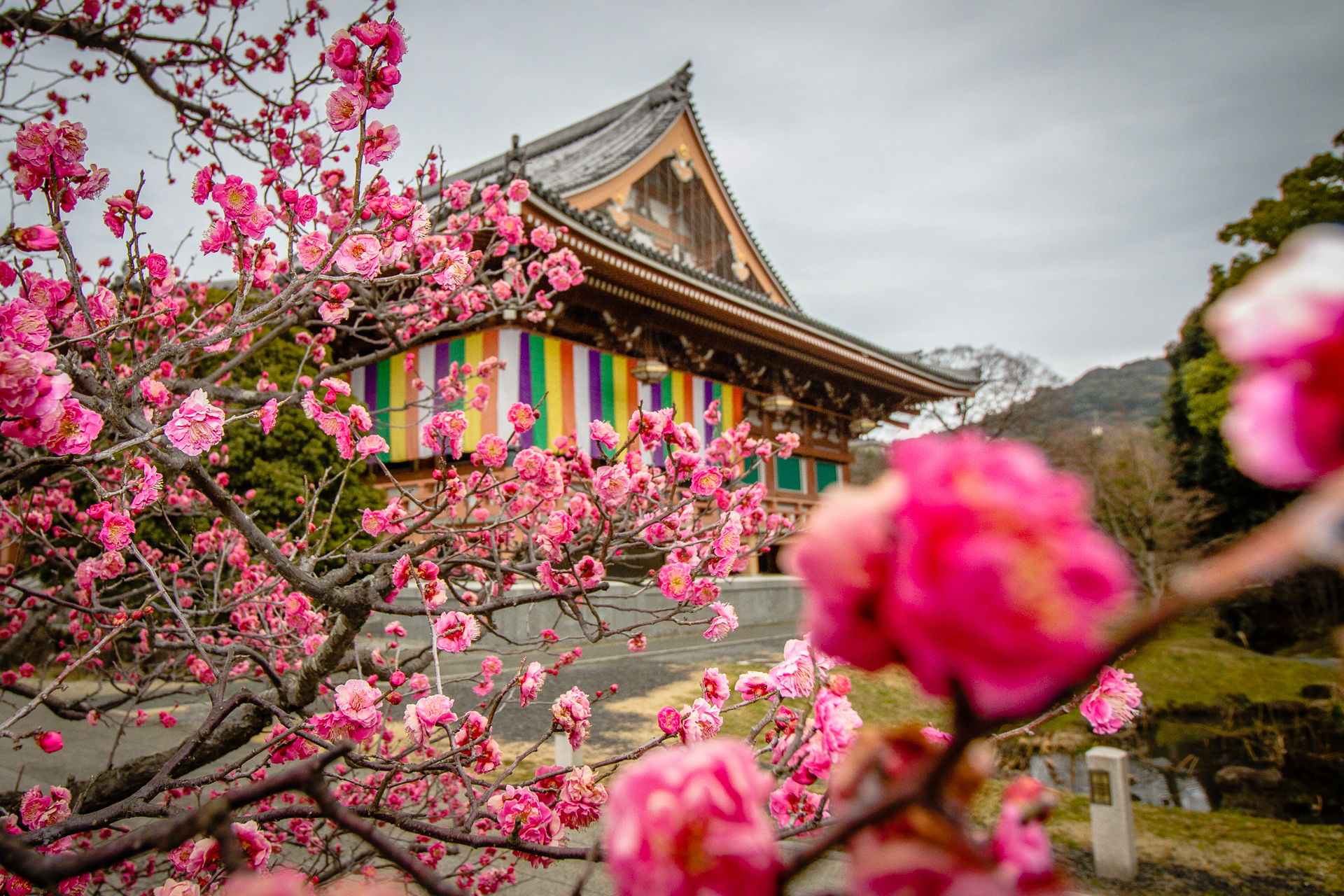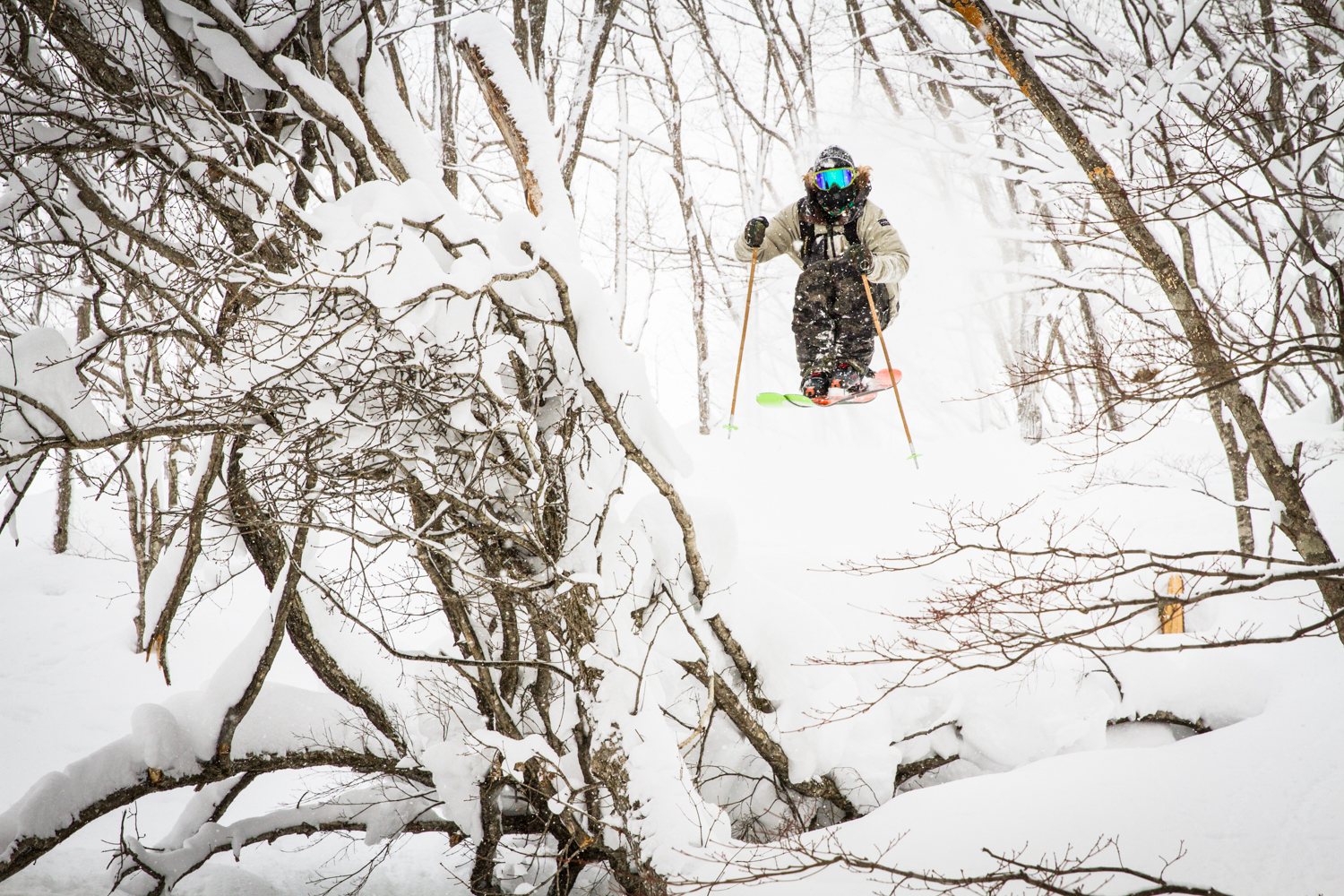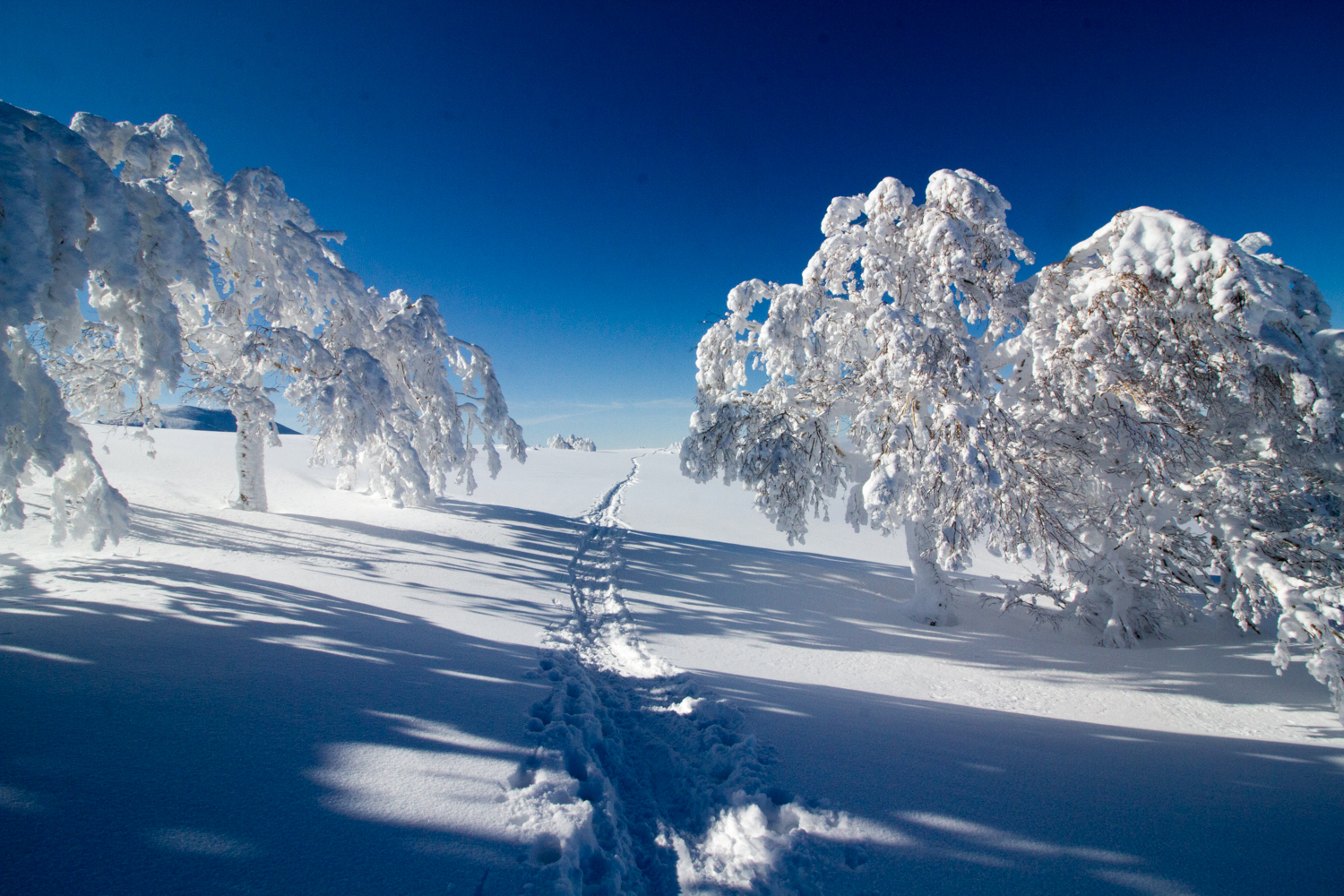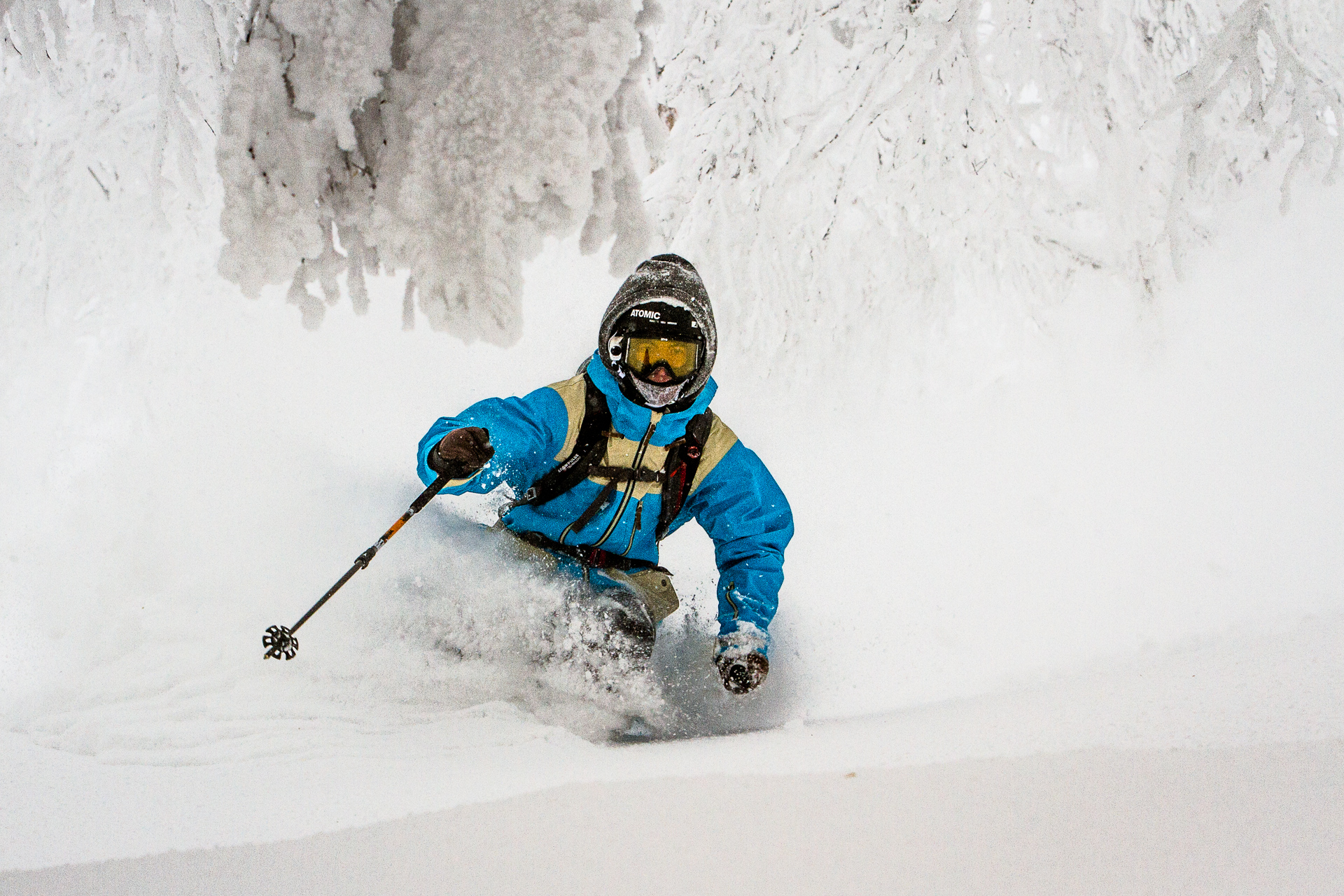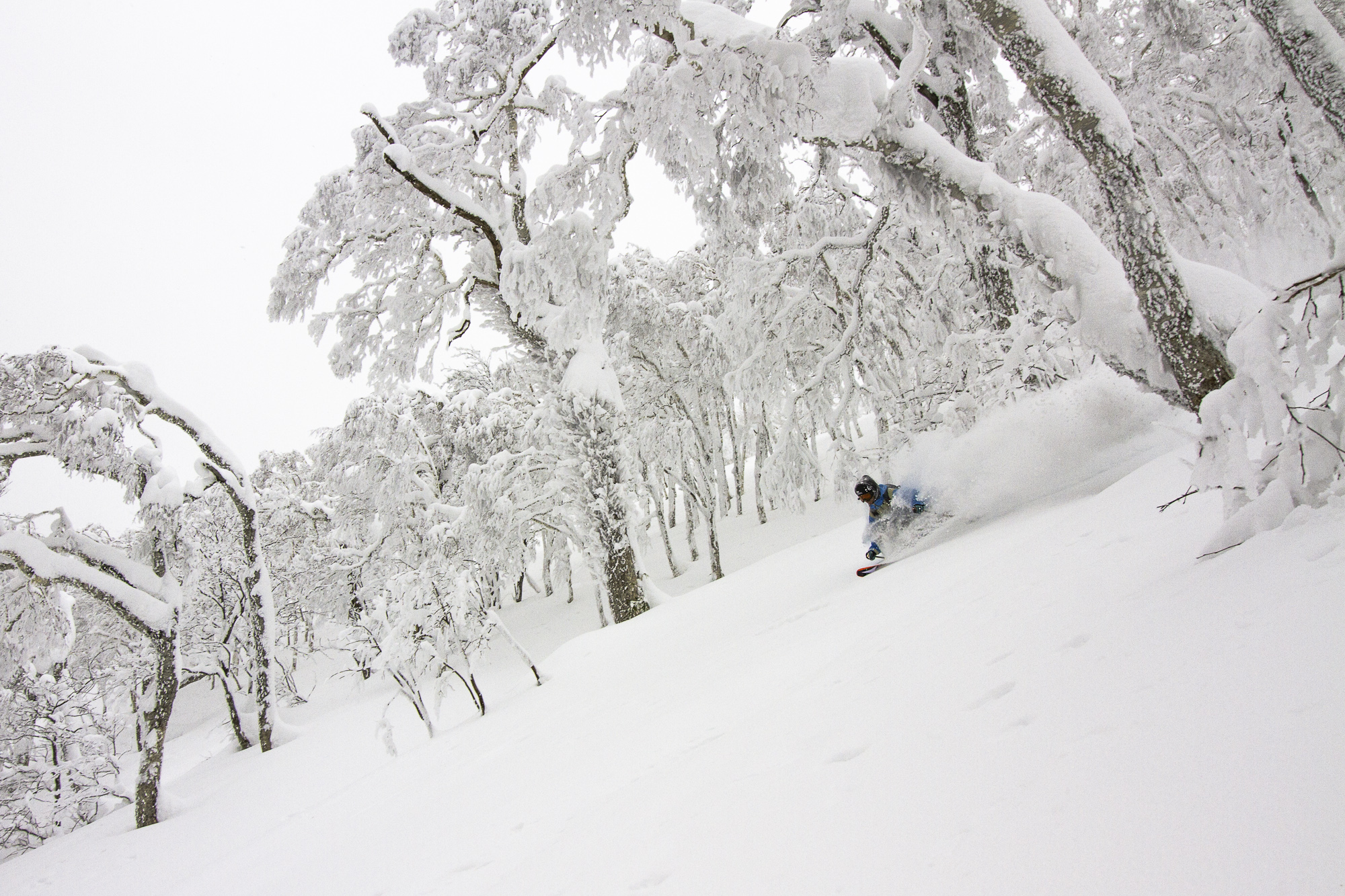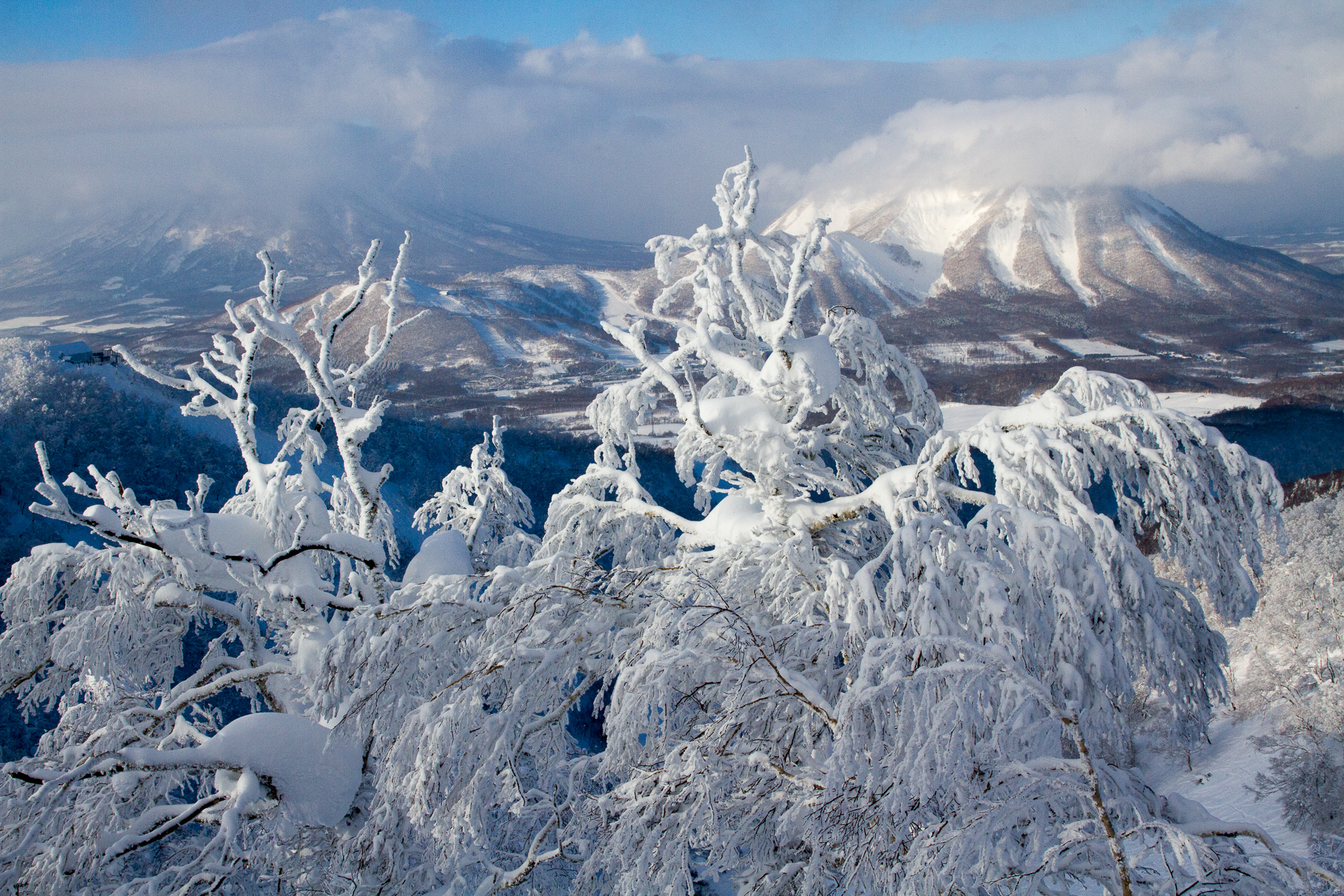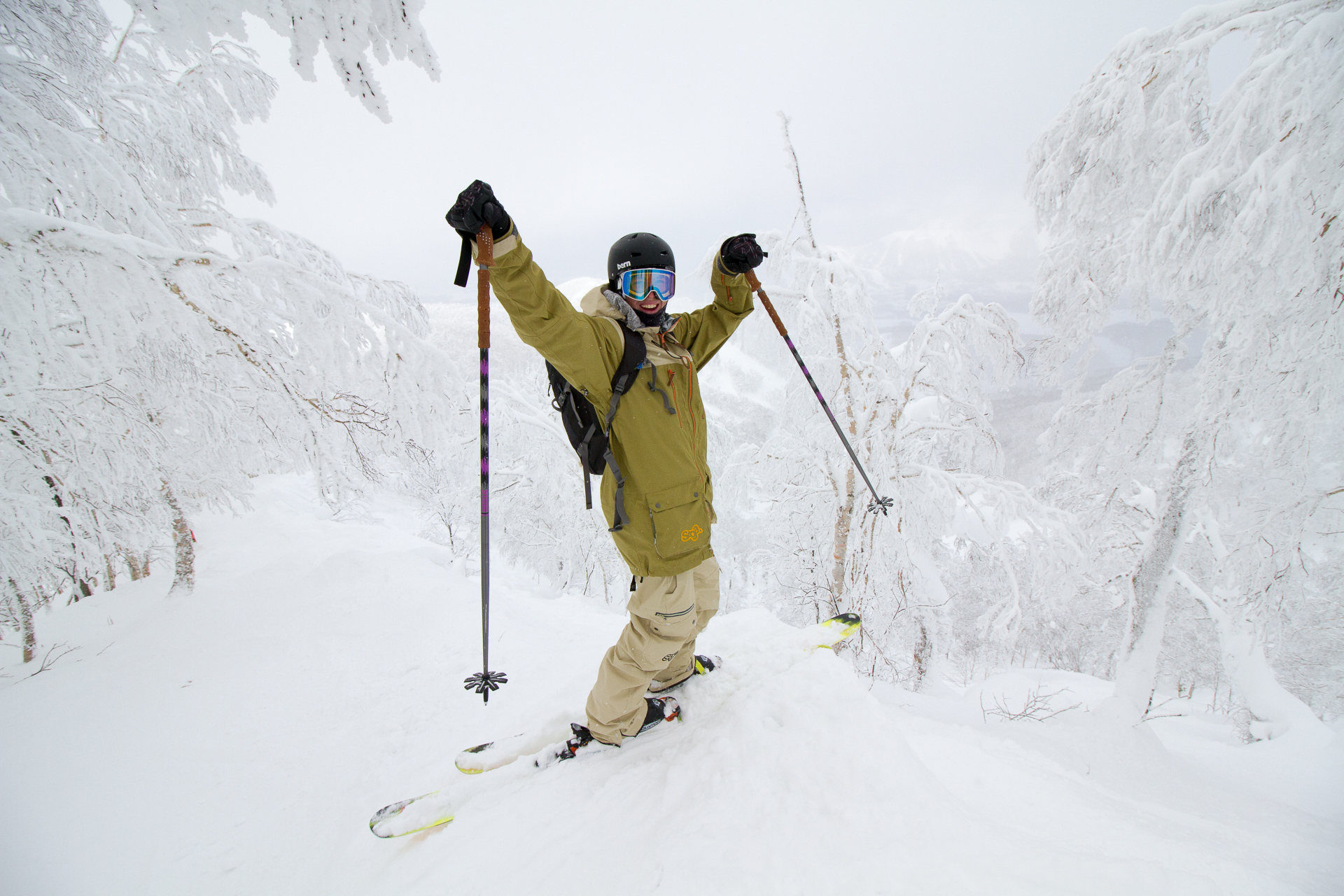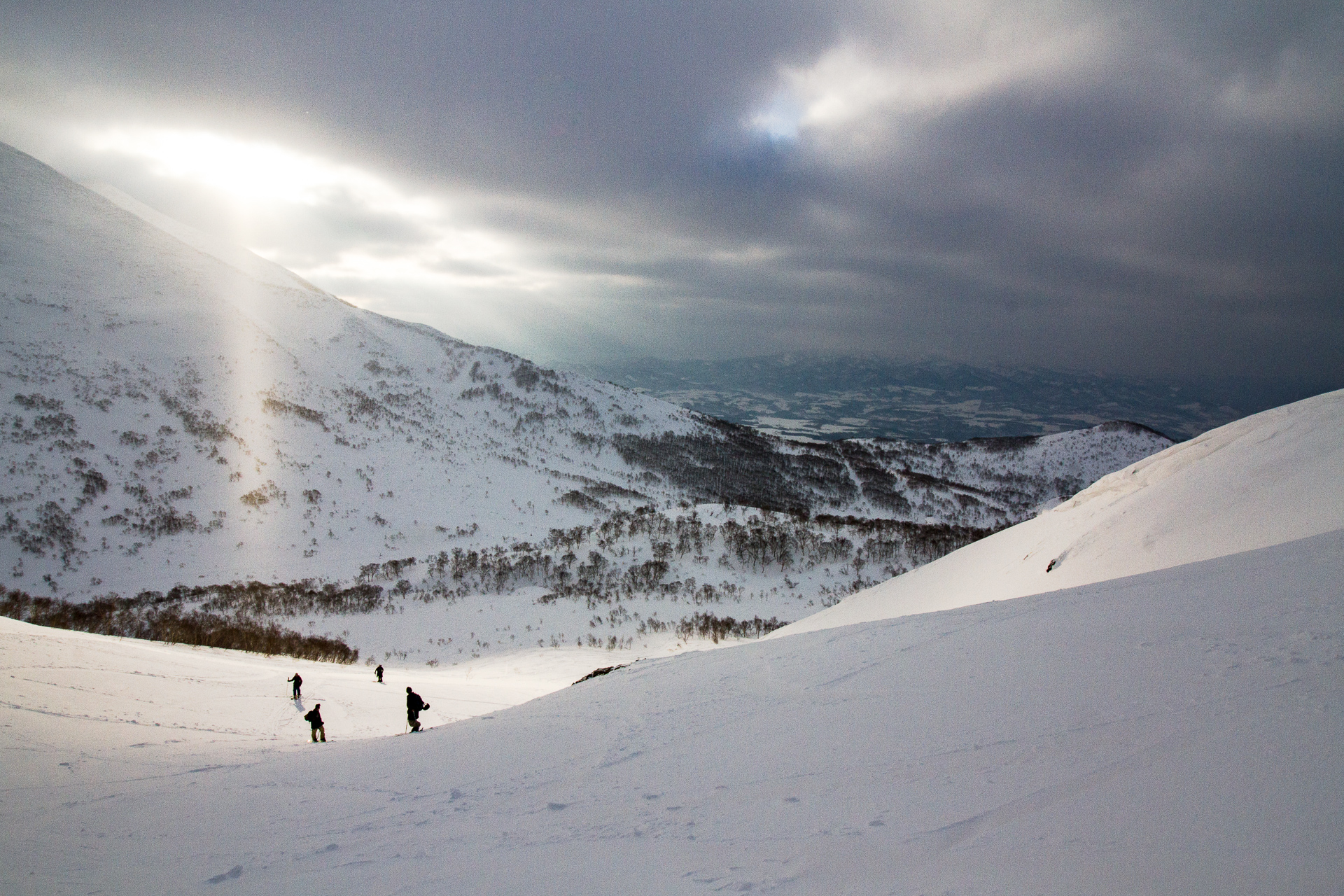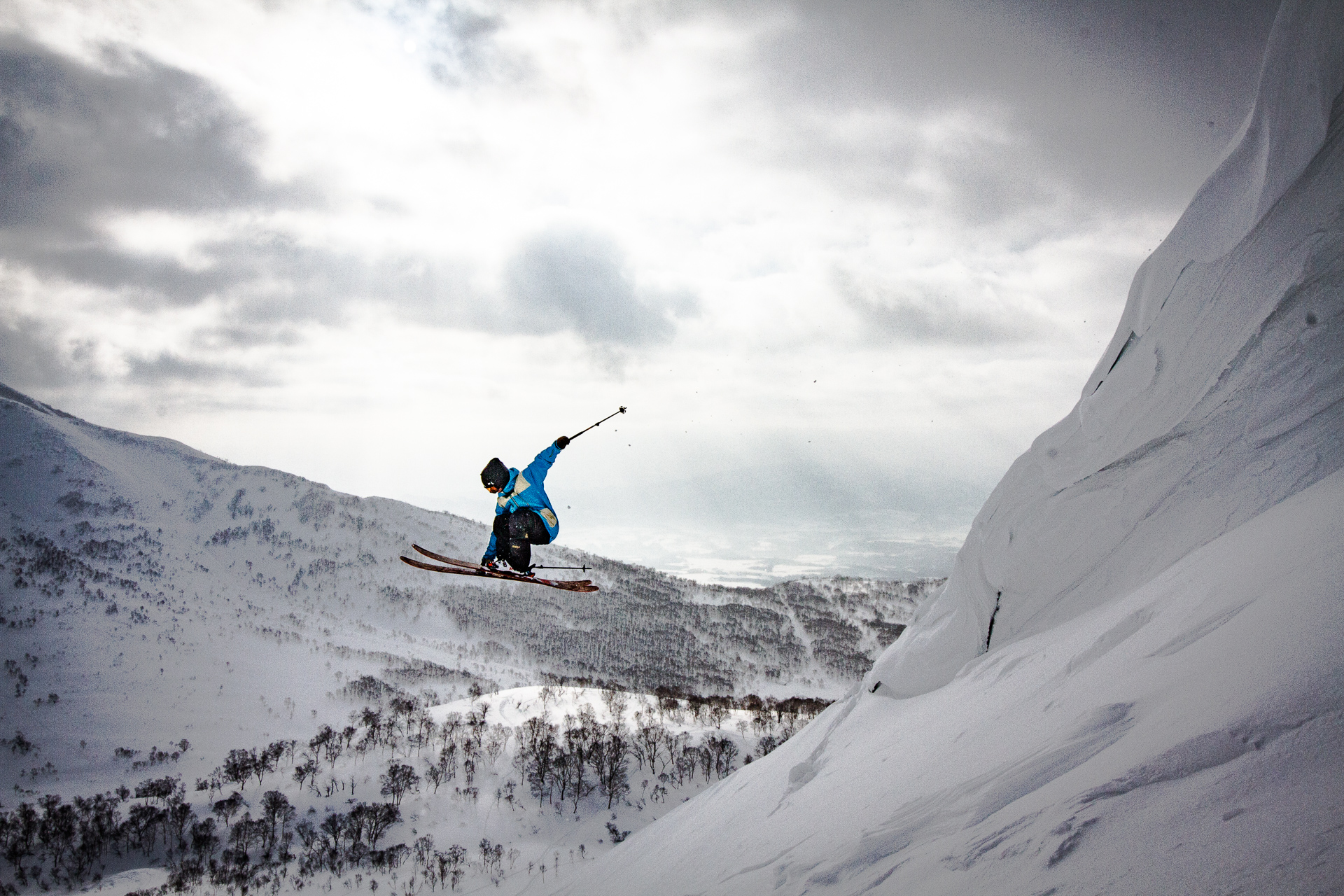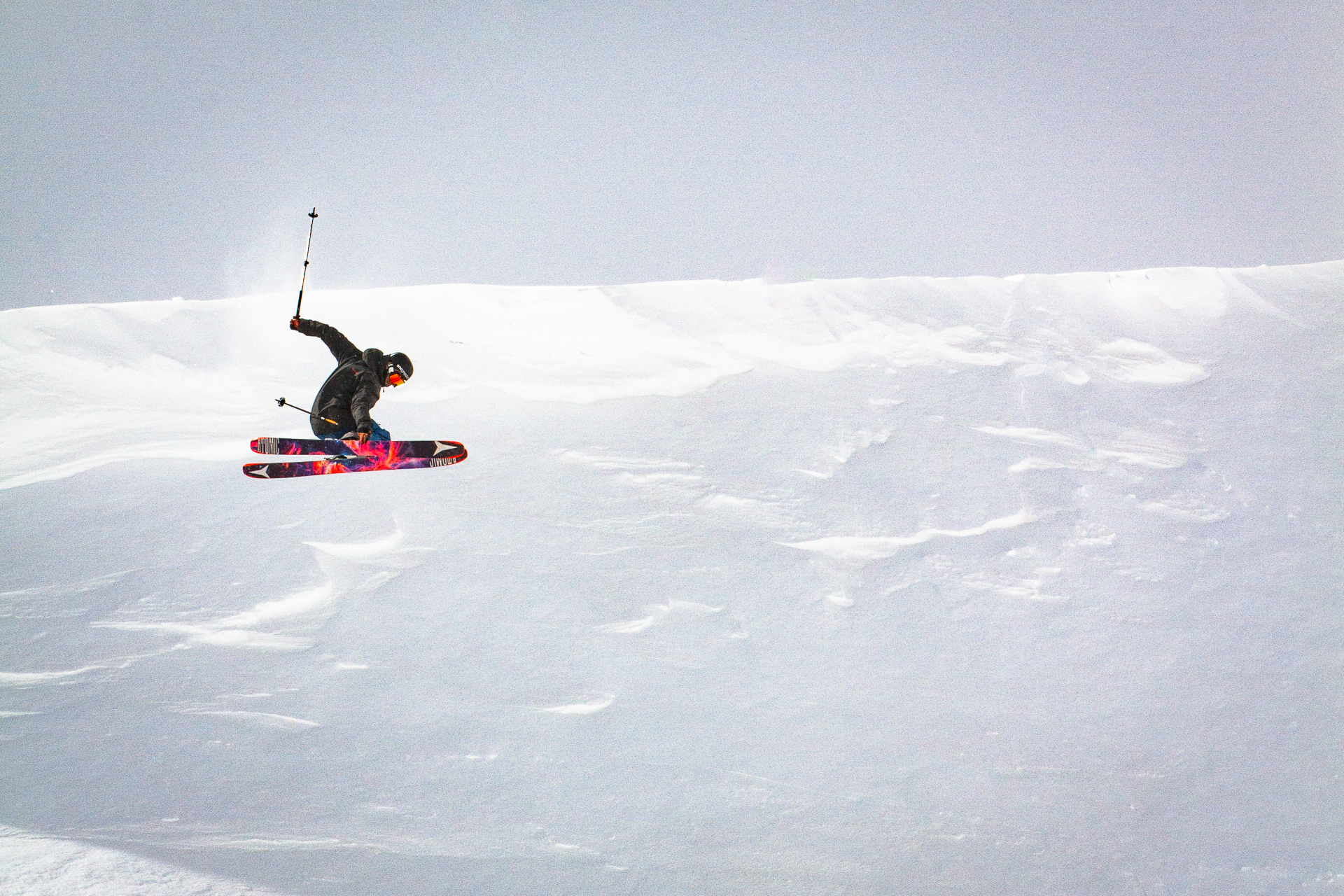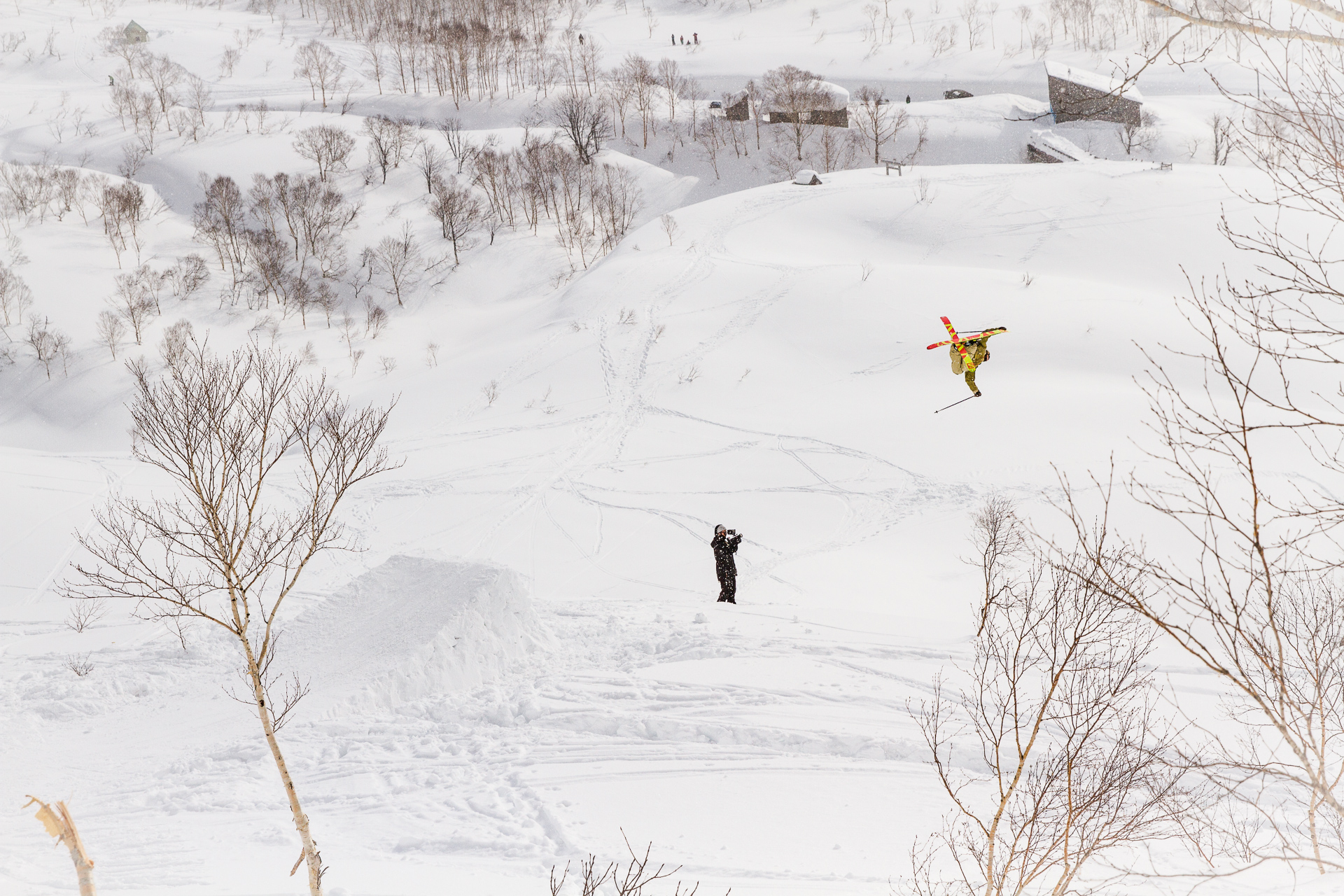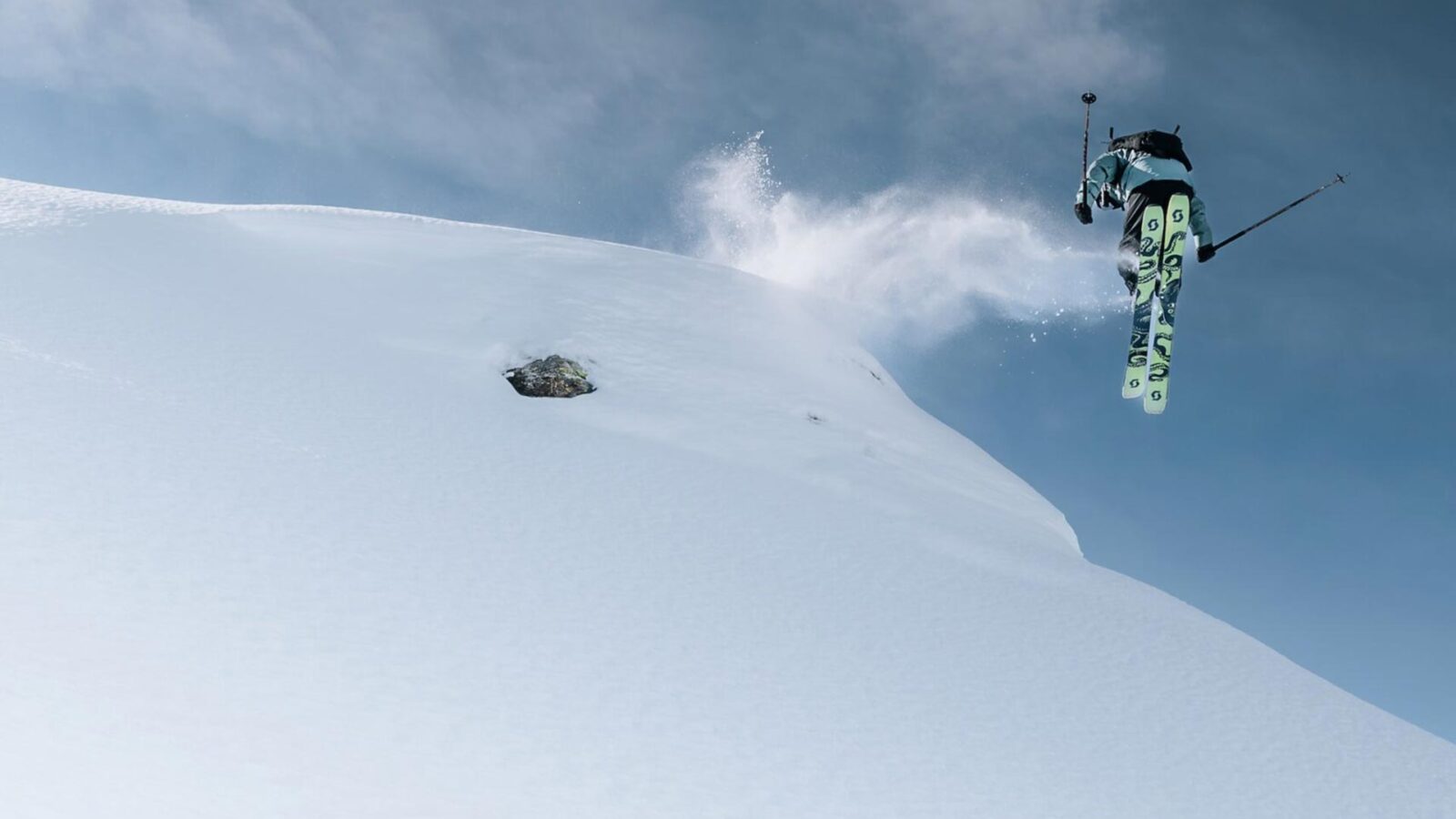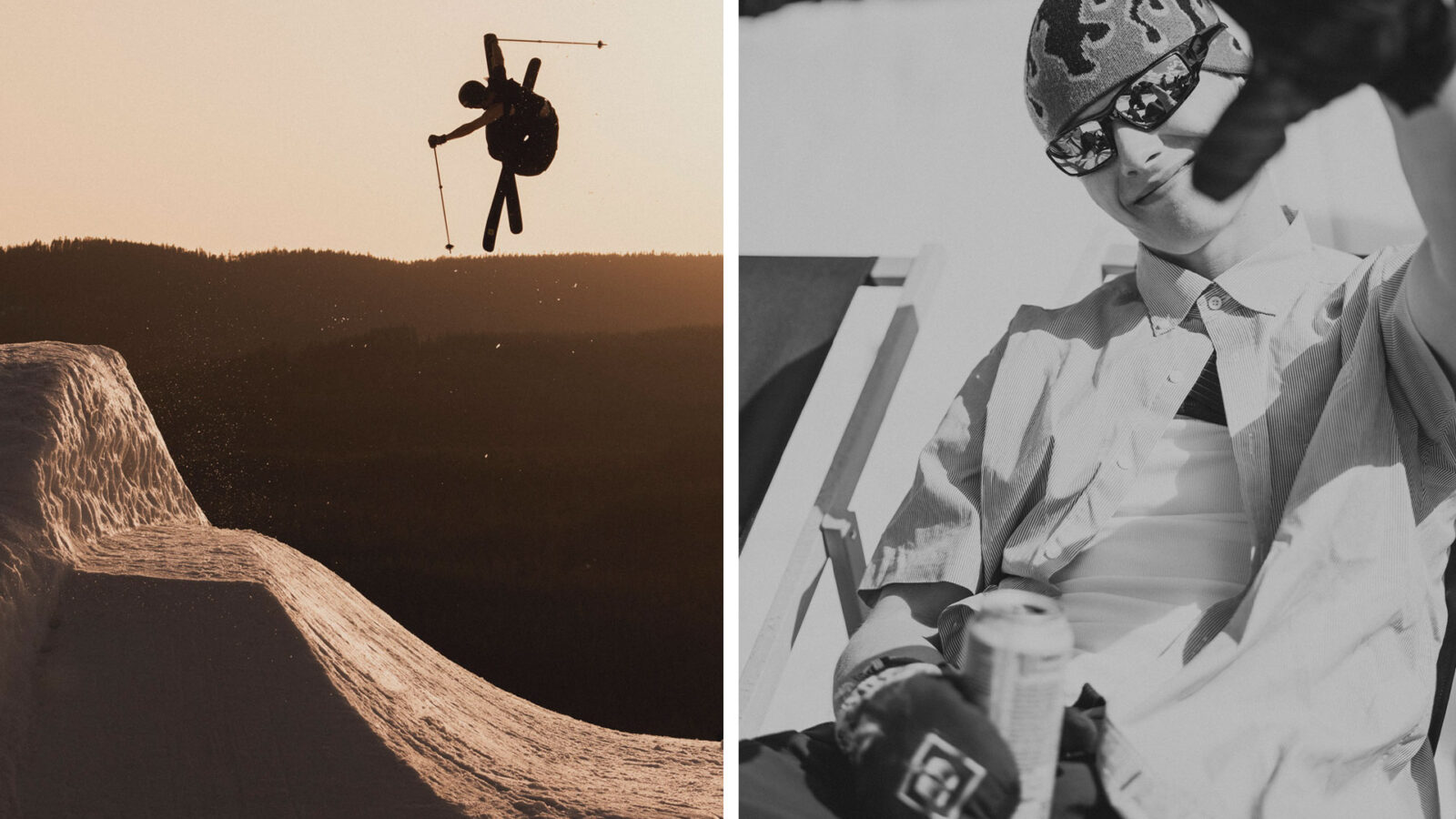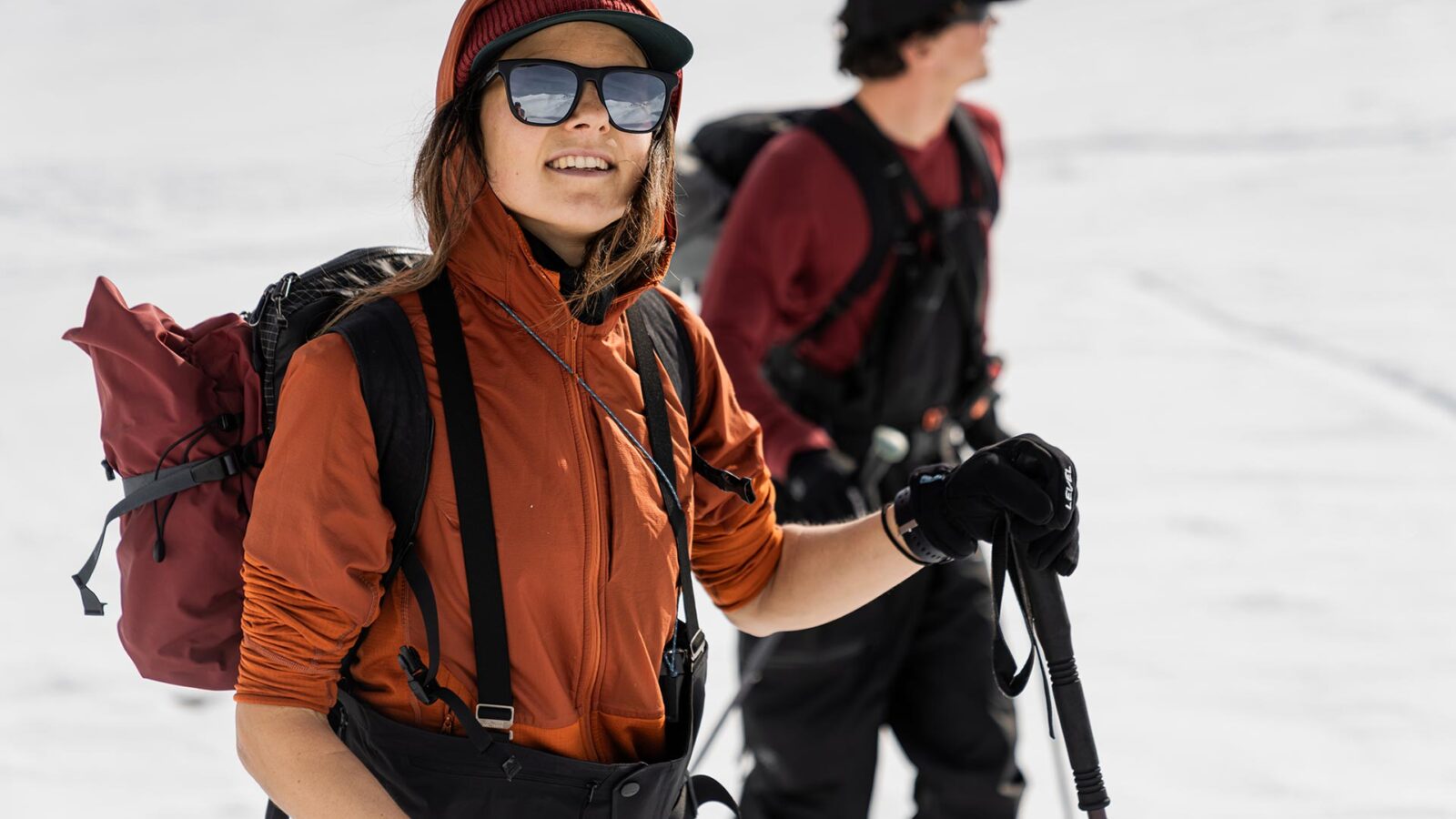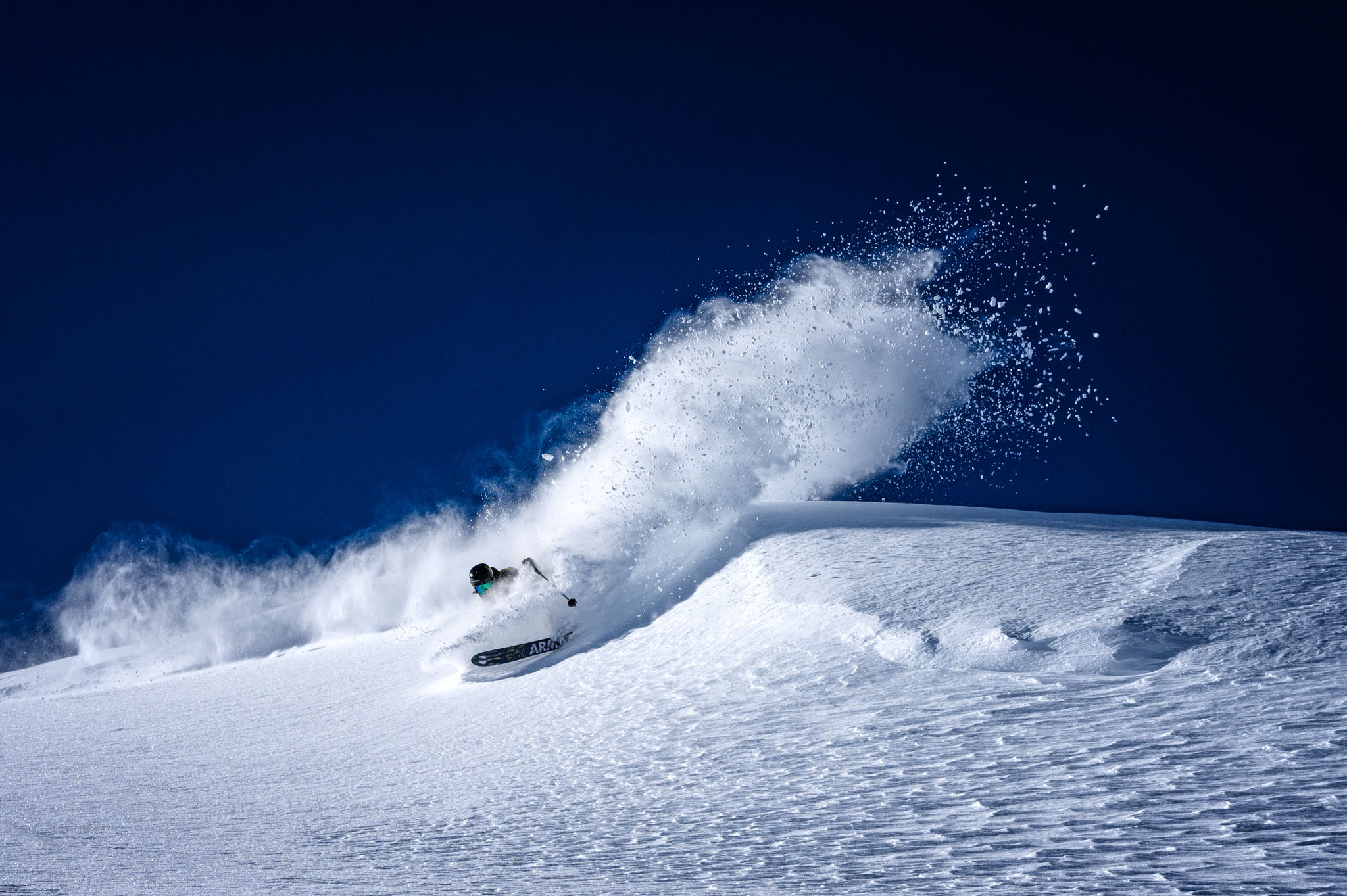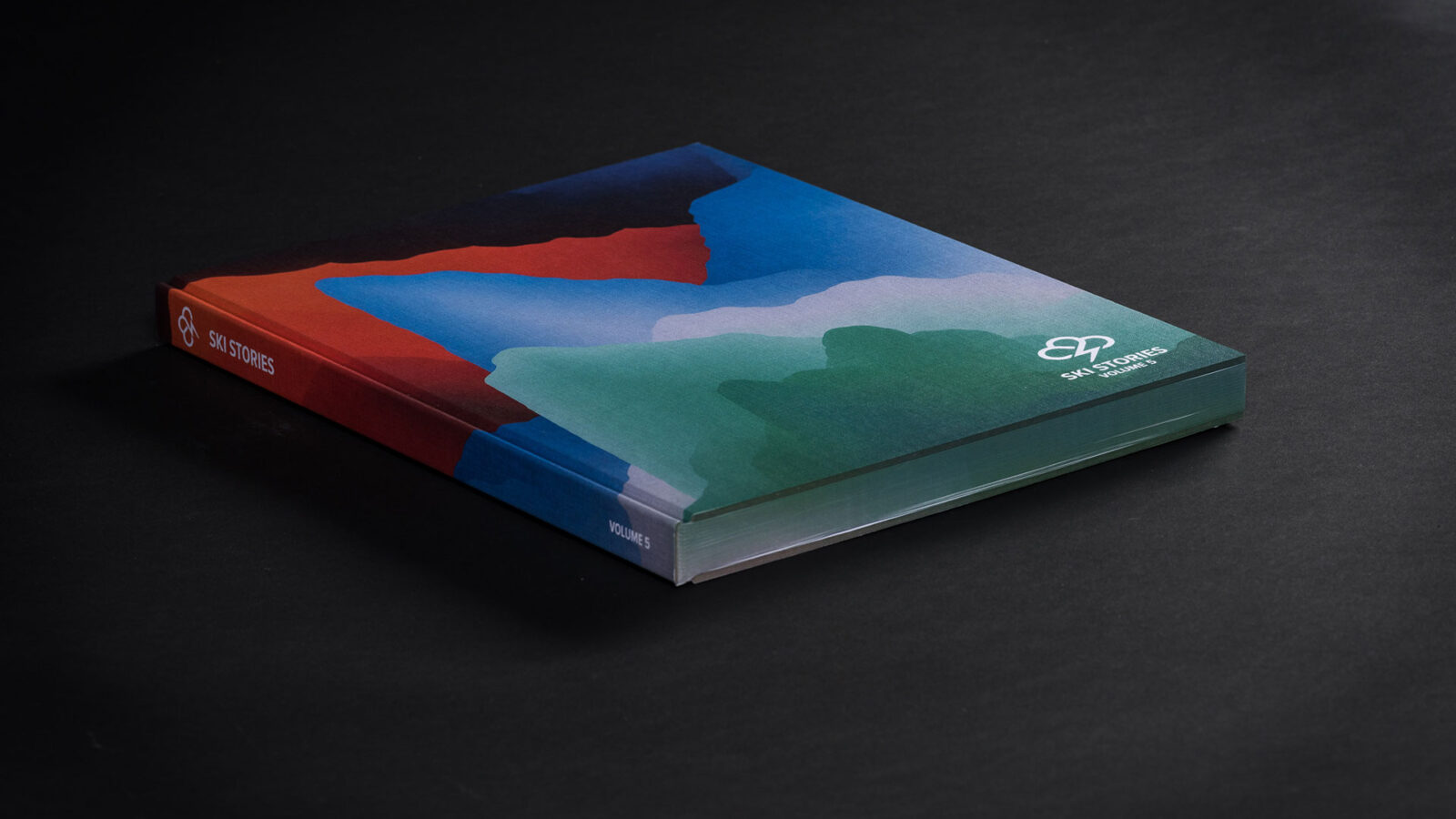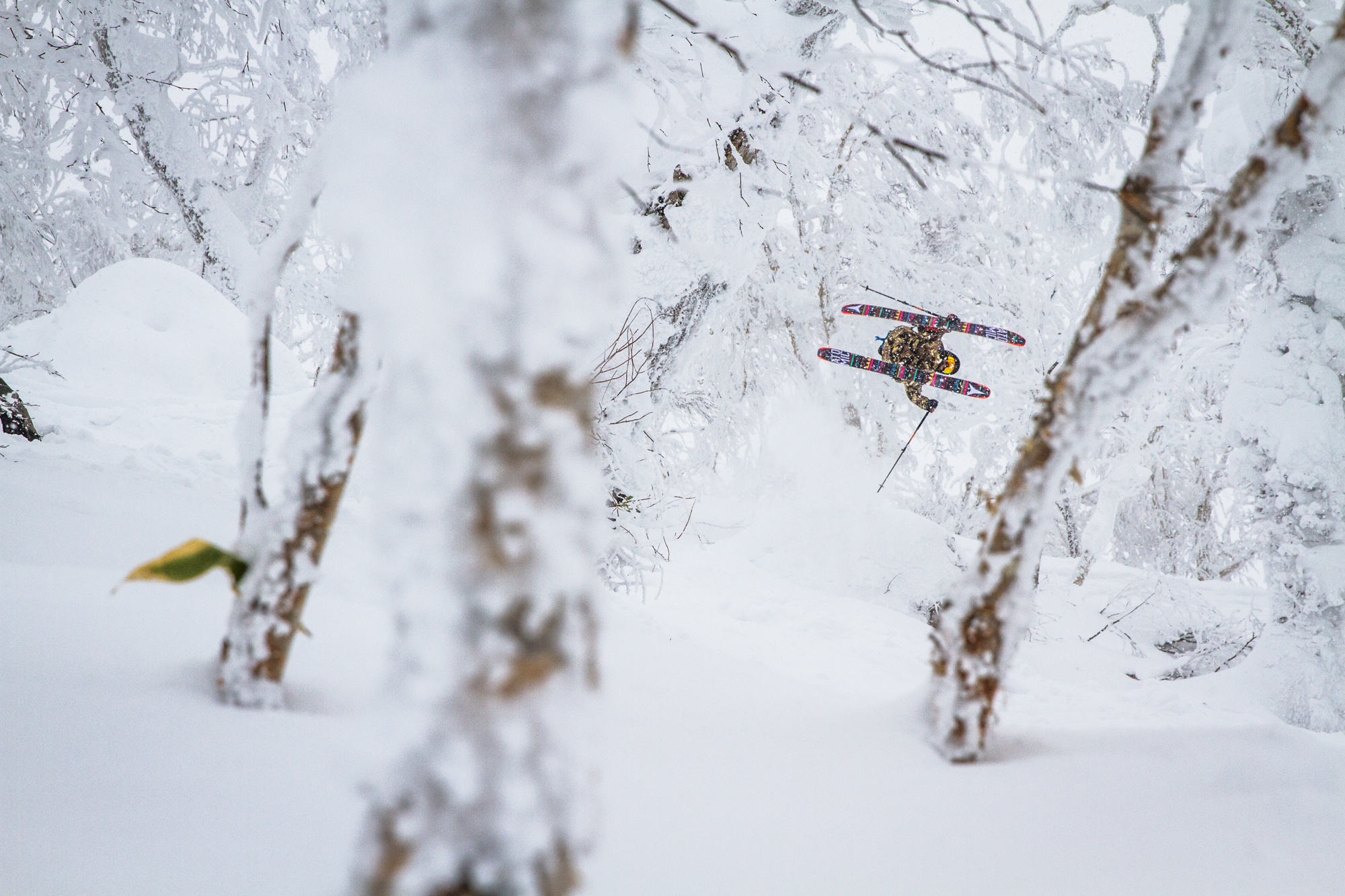
Stories
Far East, Far Out – Part 1 (Downdays – February Issue, 2016)
Japan is a trip in every sense of the word. Among the world’s skiing destinations, it’s one of the more far-out locations that the average skier can contemplate, with a particular mystique to match. Epic ultra-light powder on faraway islands on the Pacific Rim that are home to a fascinatingly different culture? It sounds too good to be true, yet it must be so—the endless magazine photos, the movie segments and online clips, the gushing praise of Japanese snow from every angle; it can’t all be made up, right? I had to go and find out for myself: penetrate the myth of Japow and learn its secrets. Here is what I found.
Ask the average person what comes to mind when they think of Japan, and they’ll probably answer along the lines of: technology, culture, food, history, the A-bomb, nuclear reactors, earthquakes, bustling cities, Buddhist temples, ninjas and kimonos. But for the ski fanatics out there, there’s another, lesser-known side to the story—namely, snow. Lots of it. Really light. Japanese powder, code name: Japow.
Before you witness it in person, it frankly sounds a bit unbelievable. So here I am at Rusutsu Resort on Hokkaido, fresh off three flights totaling thirteen hours, a two-day delay in Tokyo and a three-hour bus ride from Sapporo’s New Chitose Airport, catching the last few gondola laps of the day, and what’s immediately evident is that everything that’s ever been said about Japanese powder is true.
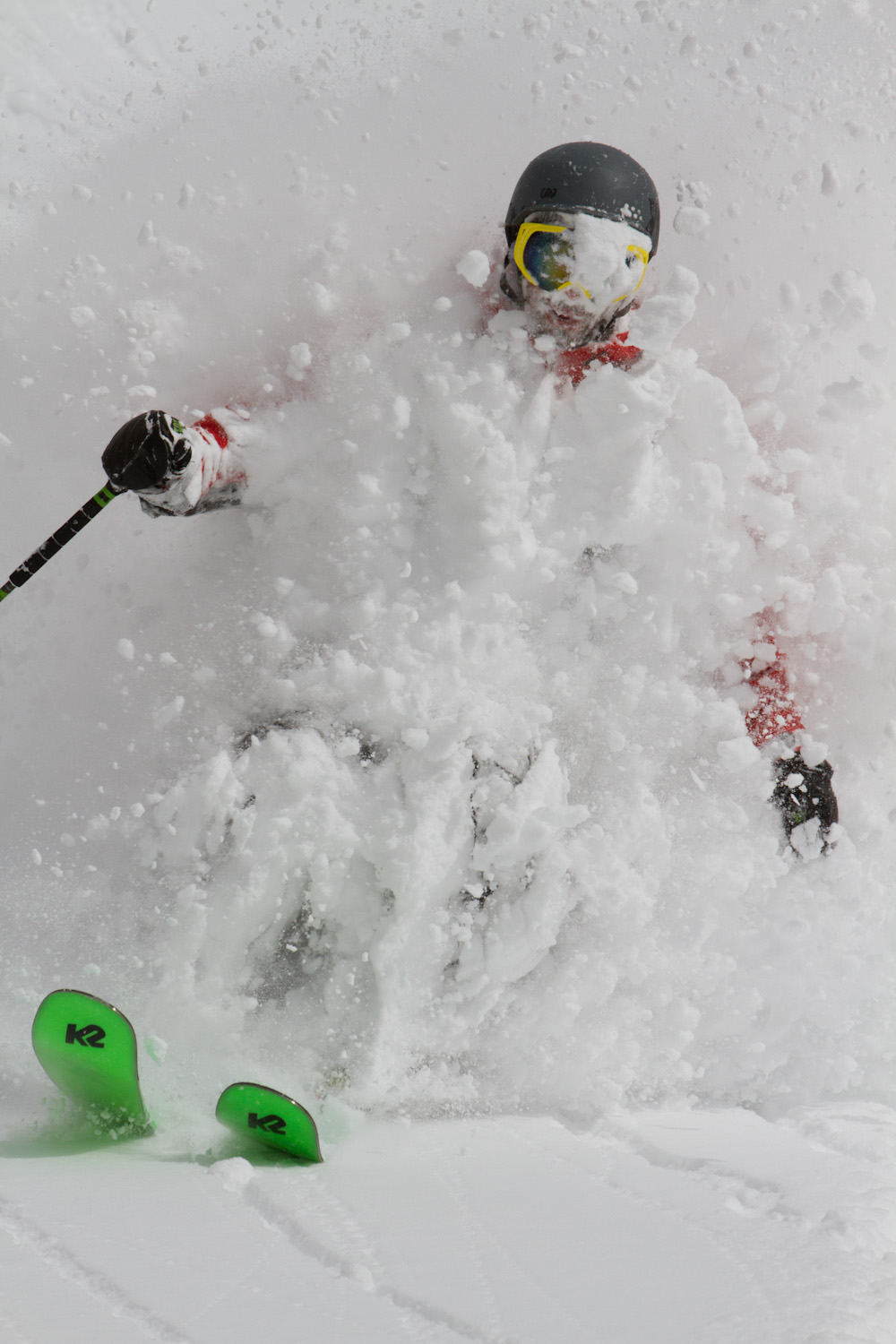
Please sir, maybe I have another? Andy Mahre in Hakuba.
Of all the runs I took in Japan, the very first one is burned into my memory most: jumping solo out of the gondola, clicking into my skis and beelining into the trees directly in front of me, following a promising-looking high traverse track. Everything foreign has become familiar again. Untracked pow below—pop off the traverse and let ‘er rip. As the first of many face shots to come washes overhead, I have finally come face-to-face with the truth I’ve come to discover: Japow is indeed real, and it is as awesome as advertised.
It is light, it is deep, it is fun, and it is everywhere. I spend my first laps in Japan coasting through still-untracked glades, low-angle fun-pow that says “Go fast and don’t stop.” Before I link up with my first collaborators tomorrow to start shooting photos, it’s time to make each one of these precious soul turns count.
Hokkaido with the Coterie
The Coterie is a film crew from Utah, the first of several groups I’ve planned to link up with here in the East. The crew has rolled up en masse to Hokkaido with two filmers and five skiers, intent on filming a Japan freestyle powder segment for their upcoming movie “We Trust Your Judgment” before continuing on to Korea for a week of park and urban skiing.
The line-up is stacked: style fiend Nicky Keefer, the talented brothers Kevin and Mitchell Brower, street skier Lupe Hagearty and 2015 Level 1 Superunknown winner Jonah Williams—a skilled, mostly park-focused crew looking to produce the next great Japan backcountry freestyle segment. But as we plunge deeper into the hills over the next few days searching for terrain to trick, it quickly becomes evident that filming a Nimbus-quality Japan powder feature isn’t nearly as easy as it looks.
We spend a day combing the in-bounds terrain, but it’s been a few days since the last storm and the pickings are getting thin. The decision is made to hire a guide and head for the backcountry. We are in for our first real taste of the bounties, and the challenges, of Hokkaido backcountry skiing.
If there’s any downside to Hokkaido, it’s the relative flatness of the terrain. Skiers from Europe and North America may be surprised to find that the vaunted powder here is found mostly on mellow, unchallenging pitches on mountains that only rarely reach 2000 meters in elevation. Though it’s true that the friendliness of the terrain is part of the fun, crews like us looking for unique, untracked terrain features have to probe outside of resort boundaries to get our fix. Though the resort terrain is plentiful, it’s increasingly being shralped by people just like us, pushing us to continually expand our targeted area.
Gordon's zone
I’m sipping a can of hot coffee from a vending machine (another perk of Japan) in the bewilderingly European fairy-tale themed lobby of Rusutsu Resort when our guide Gordon arrives. We’re geared to the nines with all of our backcountry equipment, ready to plunge into the unknown, but Gordon has come with the misunderstanding that he’s going to show us around in-bounds at Rusutsu. That’s a no-go, we tell him—we want to find “the zone.” Luckily, Gordon’s got his touring skis in his van, as well as room for five or six extra people. We load up and roll out towards a zone close to nearby Niseko, where Gordon’s got a roadside spot that he thinks will work for us.
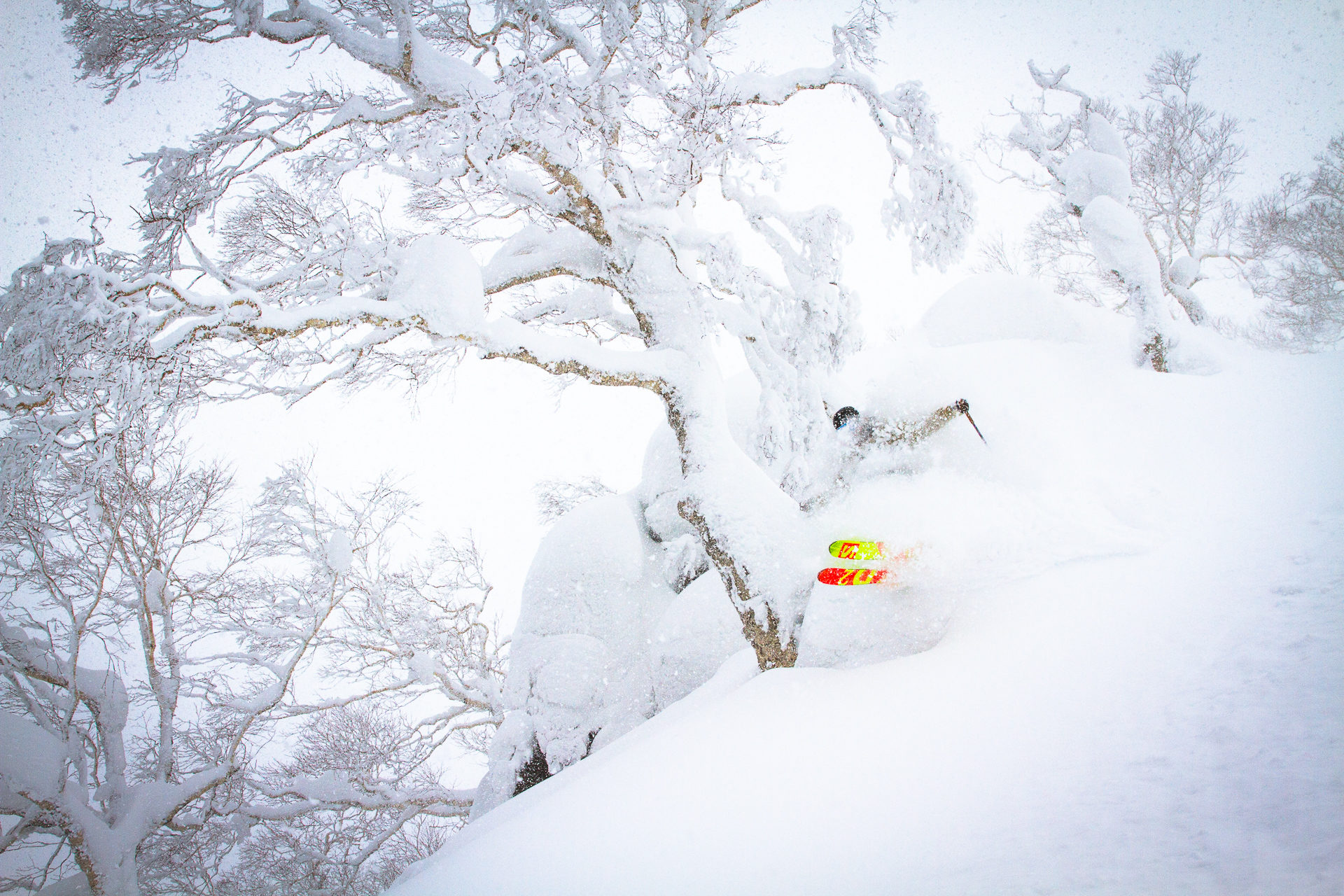
Jonah gets the goods in Gordon´s zone.
Silence, interrupted only by wind in the trees and the scurrying of snowflakes across snowbanks. A few muffled clicks of touring bindings and grunts are the only manmade noise to be heard as we acquire the ridge line and find ourselves standing on top of deep, untouched powder lines. A few rock outcroppings and big pillows offer the trickable terrain that this crew is looking for.
We get to work. The skiers pick their lines and the filmers pick their angles, and I spend the next few hours wading through chin-deep powder, waiting for good light and trying to keep my lens dry. The snow is bombastic, but shooting is challenging: snow flurries roll in and out, instantly filling the air with so much particulate matter that it’s impossible to see, much less focus a camera. Brief, unexpected moments of sunshine illuminate the scene with incredible light—seemingly only when there’s nobody ready to drop in. By the time the nearest rider is ready, the weather has socked in again. “This is Japanese bluebird,” Gordon jokes as another two-minute weather window closes.
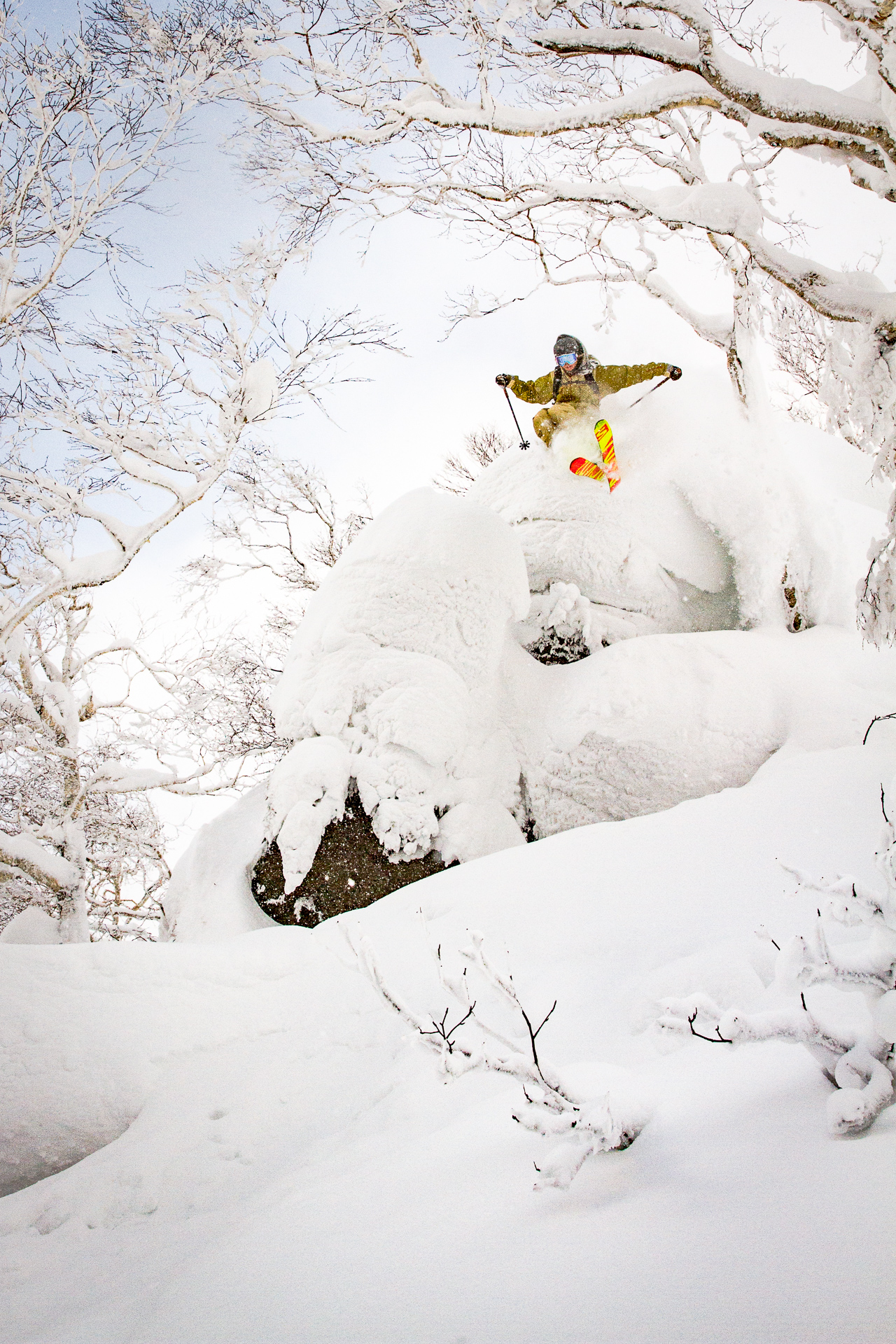
Jonah takes advantage of some "Japanese bluebird," aka "a brief glimpse of sunlight," to hit the big drop.
Nevertheless, the stoke is high—the zone is top-notch and snow conditions are unbeatable. Kevin and Mitchell bag 360s on their features, Nicky and Jonah bounce down a pillowed cliff face, and everyone enjoys face shots on the ride back down. At our nightly pow-wow, the decision is made to relocate closer to Niseko and focus exclusively on backcountry for the remainder of the trip.
The Niseko Grand
The Niseko Grand Hotel is the cheapest accommodation we can find in the Niseko area. The hot spot for foreign ski tourism in Hokkaido, Niseko is a town where English, French, German, Russian and Chinese are heard on the streets more often than Japanese, a town that’s only half-jokingly referred to as “the coldest place in Australia.” Though Europeans and North Americans are starting to catch on to Japanese skiing, the Australians have been here for decades already. The Grand is a diamond in the rough on the outskirts of town, with well-used but comfortable Japanese-style rooms (tatami mats, sliding doors, a ceremonial alcove, sleeping pads on the floor) as well as a mixed-gender onsen, a rarity. Onsens are hot springs with a semi-strict bathing code; tattoos are discouraged (you might get mistaken for a Yakuza gangster) and most are segregated by sex. The Niseko Grand is one of few places where you can lounge coed in a steaming, snow-lined pool, watching the flakes of the nightly refill drift down.
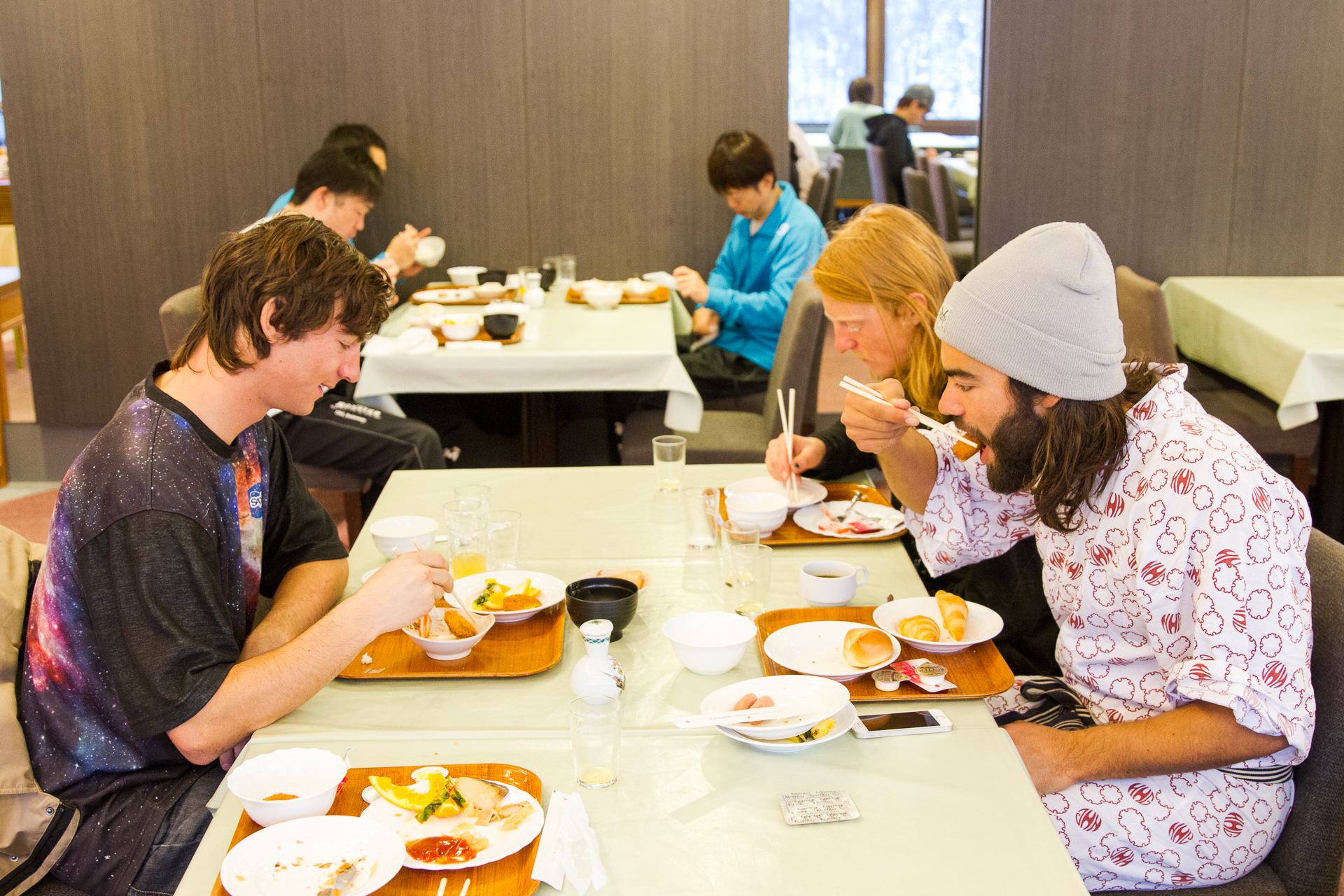
Breakfast at the Grand.
We set a daily routine. Breakfast, stock up on mango caramels and other snacks in the hotel store, lie to the front desk’s repeated inquiries about how many people are actually staying in our rooms, load the van and roll out. Up the road from Gordon’s spot we’ve found a sprawling backcountry zone accessing the volcanic crags behind Mt. Niseko-Annupuri, where Niseko’s five ski resorts are clustered. The spot is prime, and we bag lower-elevation pillows before skinning higher up the flanks of a dormant volcano, where the Browers find a cornice drop and Jonah jibs a rock spire. But we’re not the only ones here; a disconcerting number of mostly-foreign groups are on the same skin tracks as us, and after a few days without a refresh, the zone is exhausted. We are still too close to Niseko. After a final day spent shouting at people to stay out of our jump landing, we decide to move further from the beaten path.
Tokachi-dake
The waters of the Tokachidake onsen, our new backcountry access point, are rust-red with purported healing qualities, and a massive volcanic boulder juts out of middle of the pool, a geologic reminder of where we are. I don’t know about the health benefits, but there’s no doubt that soaking in this soothing hot water is the best way to warm up after a chilly tour on the flanks of the mountain above. I settle back into the pool, leaving only my face exposed to the frigid elements as a few windblown flakes drift down to meet the rising steam.
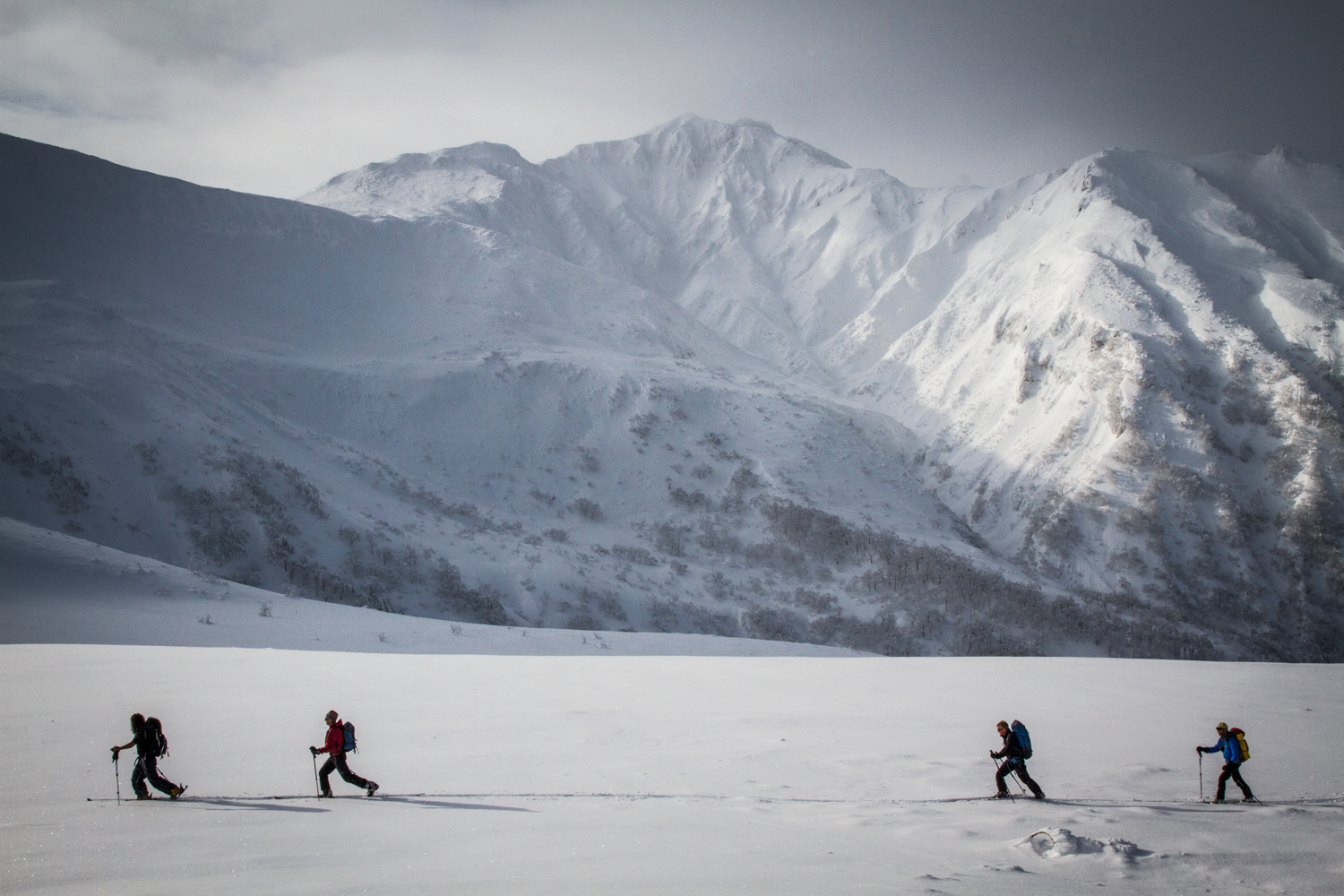
Off the beaten path at Tokachi-dake.
The mountain-ringed central valleys of Hokkaido are only a three-hour drive from Niseko, but they feel worlds away from the well-beaten path of Western tourism. There are several ski resorts here in the Furano Valley, but they’ve yet to become tourist vortexes. Here a group of Western skiers actually gets some curious looks, and the menus of the restaurants in Kamifurano are in Japanese, not English, for a change.
We are holed up in the Barden Kamifurano, a solitary mountain lodge just down the road from our backcountry access point at the Tokachidake onsen. The reason we are here is the picture that I found online and showed to the crew: a rugged mountain lined with couloirs and cliff drops, rough and featured terrain very unlike the playful slopes we’ve found elsewhere in Hokkaido.
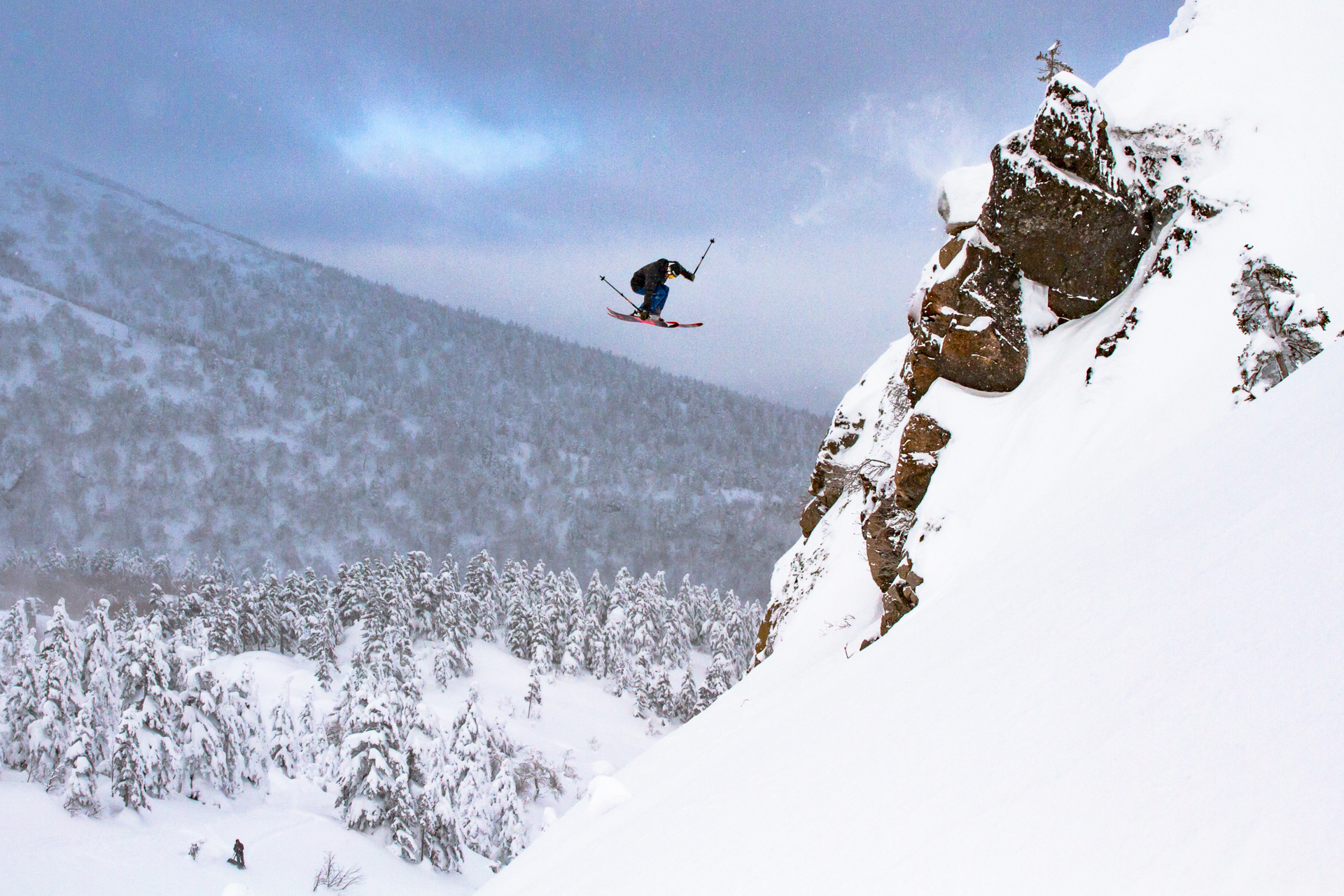
Kevin Brower feeling right at home on this cliff-drop 360.
The Brower brothers, well-versed in backcountry ops, jump into the new surroundings like fish into water, setting the skin track to the top of a cliffy ridge not far from the onsen. But the weather presents new challenges: blasting winds that scour landings, obscure visibility and sap energy and warmth from our bodies. After a day of trials and tribulations in unrelenting storm conditions up high, we retreat back to the sheltered slopes of the forest between the onsen and our lodge, finding pillow poppers and white-room pow turns hidden in the trees.
Finally exhausted from the grind of filming and shooting, I commandeer one of the vans and hightail it to nearby Asahidake, the highest peak in the region with a single gondola that’s reputed to access some of Hokkaido’s lightest powder. Asahidake is an unlikely powder paradise, with a lift built for summer tourism and long flats that will get your skating muscles in shape. But the single 300m-vertical pitch right off the top station makes it all worth it: billowing, bottomless, effortless turns through a well-spaced birch forest, a delirium of light powder. The day turns into a race to catch as many gondola laps as possible, making up for unforgiving days of floundering through the snow trying to get the shot. As I charge for another lap of white-room turns, gasping for air through the cold smoke, I realize that every minute of “productive” effort was worth it for this.
The Coterie’s time in Japan has come to an end, but after a whirlwind side trip with the crew to Korea to ski park, I find myself saying goodbye to the boys in Incheon Airport and boarding a plane back to Sapporo. It’s time for round two of the Japan experience.

See for yourself - this trip was documented in The Coterie´s 2015 film "We Trust Your Judgment".
